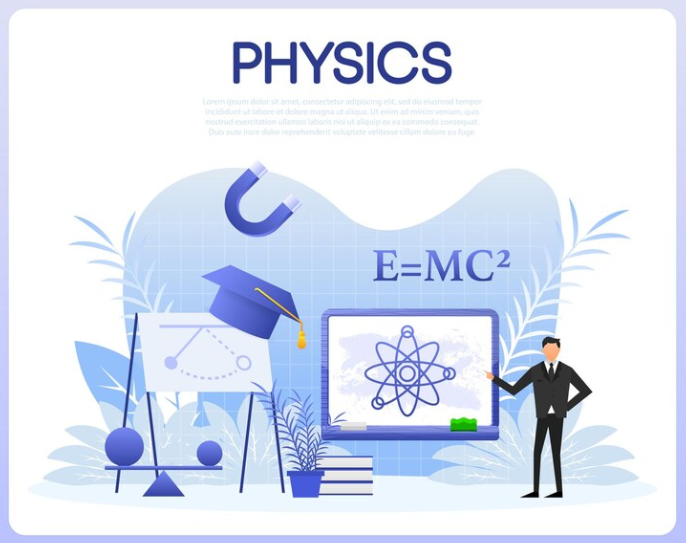

































































































































Unit 8: Electric Charge and Electric Force
Unit 8: Electric Charge and Electric Force in AP Physics 1 introduces the fundamentals of electrostatics, focusing on the properties of electric charge and the forces between charged objects.
Key concepts include:
Electric Charge:
Two types: positive and negative.
The principle of charge conservation: total charge remains constant in a closed system.
Charge is quantized, with the elementary charge
𝑒
=
1.6
×
1
0
−
19
𝐶
e=1.6×10
−19
C.
Coulomb’s Law:
Describes the force between two point charges:
𝐹
=
𝑘
𝑒
∣
𝑞
1
𝑞
2
∣
𝑟
2
F=k
e
r
2
∣q
1
q
2
∣
where
𝐹
F is the force,
𝑞
1
q
1
and
𝑞
2
q
2
are charges,
𝑟
r is the separation, and
𝑘
𝑒
k
e
is Coulomb’s constant (
8.99
×
1
0
9
N
\cdotp
m
2
/
C
2
8.99×10
9
N\cdotpm
2
/C
2
).
Electric Force:
A vector quantity, with direction determined by the charges’ signs (attraction or repulsion).
Similarities and differences between electric force and gravitational force.
Conductors and Insulators:
Understanding how charges distribute in different materials.
This unit provides a foundation for exploring electric fields, potential, and the behavior of charged particles in subsequent topics. Students apply these principles to analyze interactions between charged objects and solve electrostatics problems.

